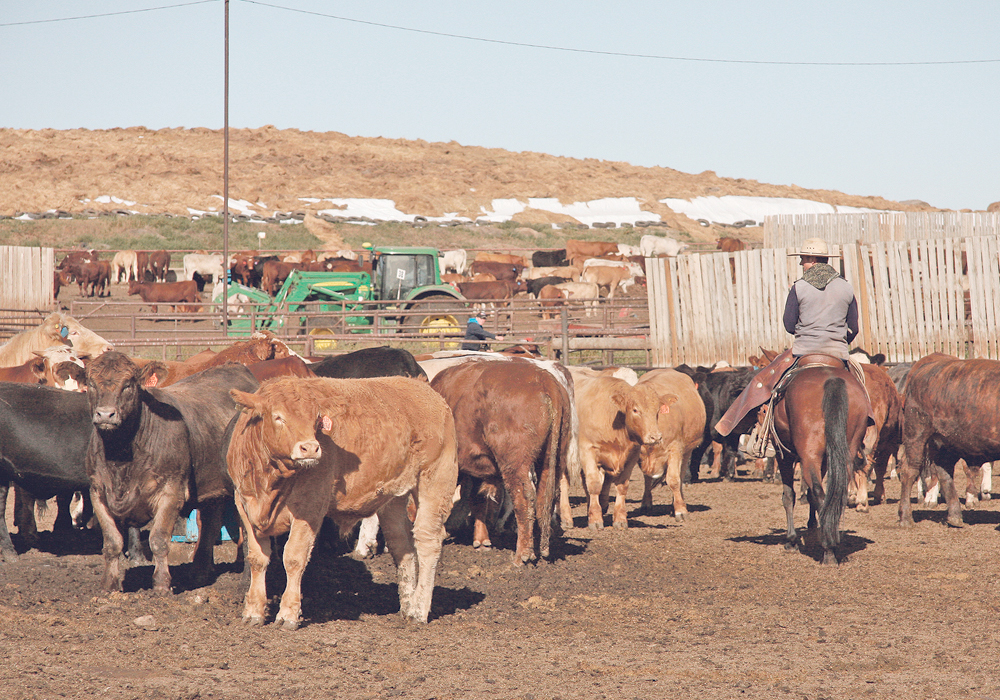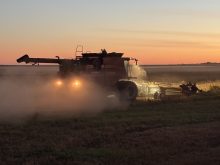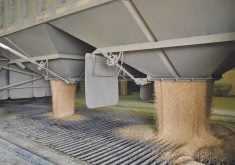I’m not a cow-calf producer, but if I was, I’d take a close look at the Livestock Price Insurance Program.
With strong cattle prices, LPI is offering the highest floor prices in the program’s history. That means cow-calf producers can lock in a profitable floor price in the fall and early winter for the calves hitting the ground this spring.
With calf prices strong and the market favourable, some producers may wonder why they should be interested in price insurance. They may view it as a cost with little chance of a return. However, the program offers price protection in a world filled with uncertainties.
Read Also

High prices see cow-calf producers rushing to incorporate
Farm accountants are reporting a steady stream of cow-calf producers rushing to get their operations incorporated ahead of selling their calves this fall.
As Jodi Griffin, program coordinator for LPI in Saskatchewan points out, the detection of avian flu in U.S. dairy cows at the end of March rattled the market, dropping prices and reducing the coverage available under LPI. The market may well recover, but what other price shocks might occur before October and November?
What if foot and mouth disease rears its ugly head and the border is closed? What if one of a dozen other scenarios we can’t even imagine screws up the promising market outlook? Remember what happened during the BSE crisis?
There’s a tendency with government programs to think they aren’t successful when you aren’t receiving payouts. It is better to view this as the insurance program it is.
You probably insure your house, farm shop and a lot of your equipment. You pay the premium and you don’t lament the lack of a payout because it means your house didn’t burn down and a tornado didn’t tear through your yard.
The same goes for LPI. If prices are even better in the fall or early winter, you’re money ahead. Yes, you’re out the premium payment, so you have to balance the premium against the coverage.
Despite the aforementioned bit of retrenchment in late March, the price you can lock in for a 600-pound calf is about $400 per animal higher than it was last year at this time.
Griffin urges producers to examine the various coverage levels. Locking in a lower floor price greatly reduces the premium.
As of March 28, the top coverage on a 600 lb. calf was $2,268 with a $73 per head premium. The lowest level of coverage guaranteed $2,100 per calf at a cost of $24. The premium rate (premium divided by coverage) was 3.22 per cent for the top level and only 1.4 per cent at the bottom option.
The bottom coverage of $2,100 is $350 per cwt. Market prices at settlement time of $346 per cwt would pay enough to cover the $24 premium cost. Settlement prices below $346 would leave you money ahead.
June 13 is the deadline for producers to insure their calves. Coverage levels and premiums are posted on Tuesdays, Wednesdays and Thursdays. The website lpi.ca has all the information. Alberta coverage and premiums are somewhat different than those offered for Saskatchewan and Manitoba. There’s no obligation to buy insurance once you enrol, but you need to be enrolled in order to buy coverage.
Governments pay the administrative expenses of LPI, but they don’t share the premium cost. The program is meant to be actuarily sound on its own. It’s quite similar to using a put option to lock in a floor price for canola.
As a grain farmer, I’m actually a bit envious. I wish this straightforward method of price insurance was available for a wide variety of crops.
Kevin Hursh is an agricultural journalist, consultant and farmer. He can be reached by e-mail at kevin@hursh.ca.
















